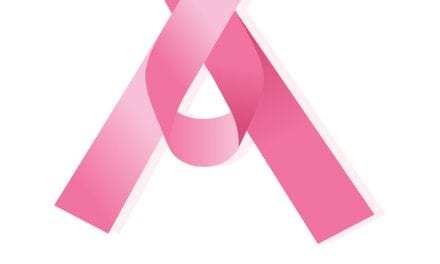Subjective ratings suggest that cosmetic results after lumpectomy appear lower in African-American patients compared with Caucasian women. The new findings appear in Plastic and Reconstructive Surgery—Global Open®.
The pilot study included 21 women undergoing breast conserving therapy (BCT) for breast cancer: 10 African-American and 11 Caucasian women. All women underwent detailed “multimodal” assessments of their cosmetic outcomes, including objective measurements of breast volume and symmetry, based on three-dimensional photographic analysis.
In addition, a newly developed questionnaire was used for subjective ratings of the cosmetic outcomes after BCT. Independent rankings of the appearance of the nipple, overall breast shape, scarring, and skin were made by the patients as well as by a plastic surgeon, a breast oncologic surgeon, and a trained research assistant.
All objective measurements were similar between groups. The average volume of the breast undergoing lumpectomy was somewhat smaller (by about 100 cc) than that in the untreated breast, with no significant difference between African-American versus Caucasian patients.
There was significant variation in subjective outcomes, with lower scores for African-American women, the study showed. Patients and health care professionals both rated breast symmetry and appearance lower in African-American compared to Caucasian patients. Nipple appearance and breast shape ratings were fairly consistent between patients and various health care professionals. However, there was wider variation when it came to scar appearance ratings.
The researchers discuss the reasons for the racial differences, including a possible “psychological component.” Moreover, the disagreement in scar ratings could reflect a higher rate of physical reactions to radiation therapy in African-American patients, which may be related to genetic factors.




